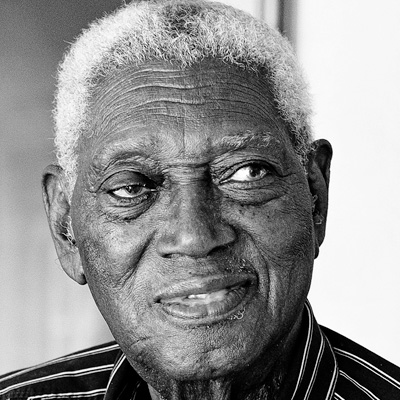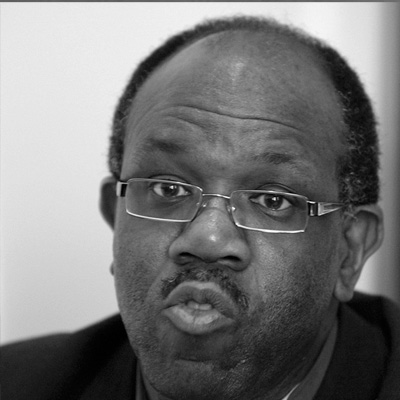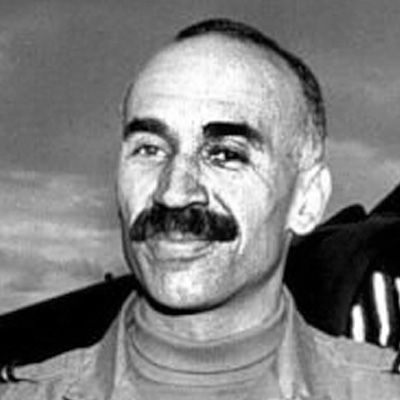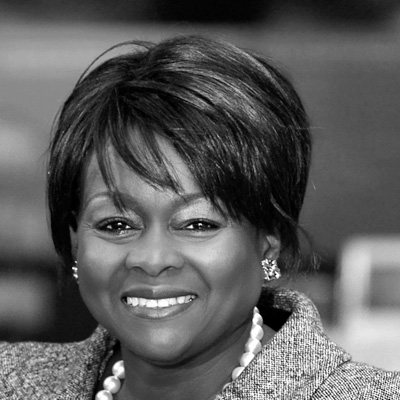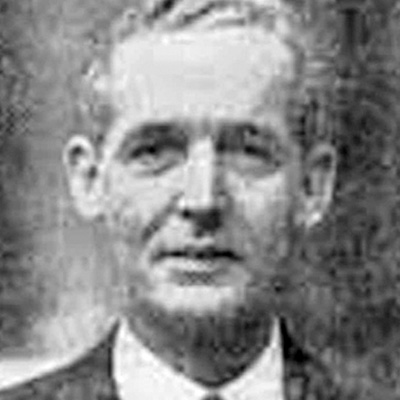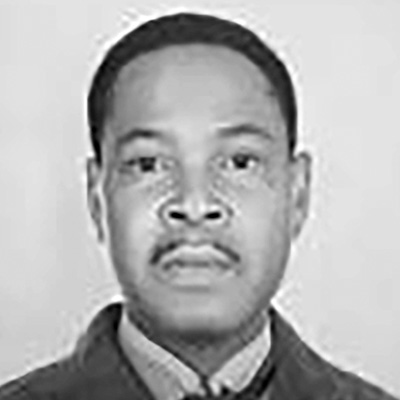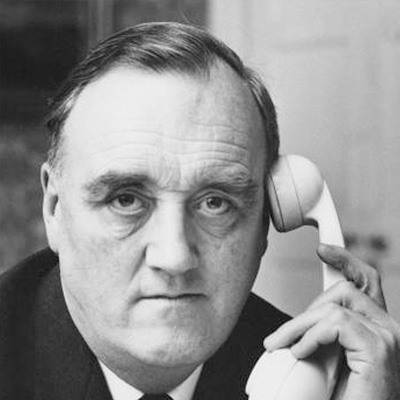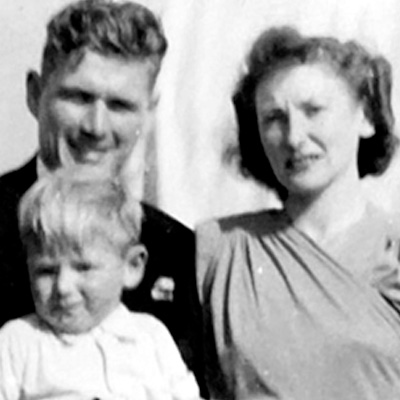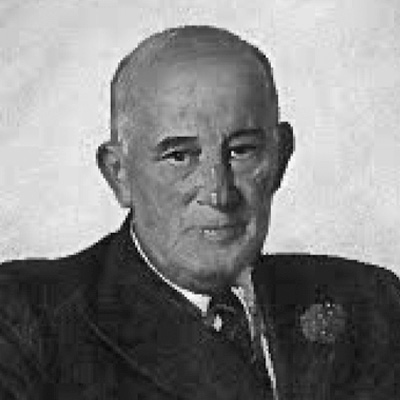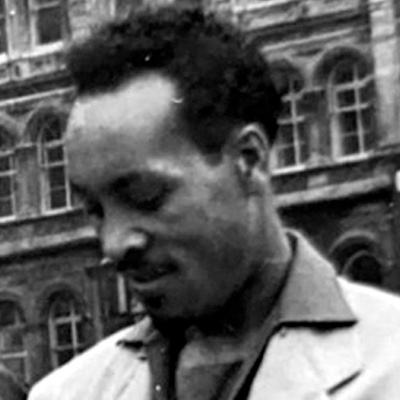Cecil Baugh
PIONEERS
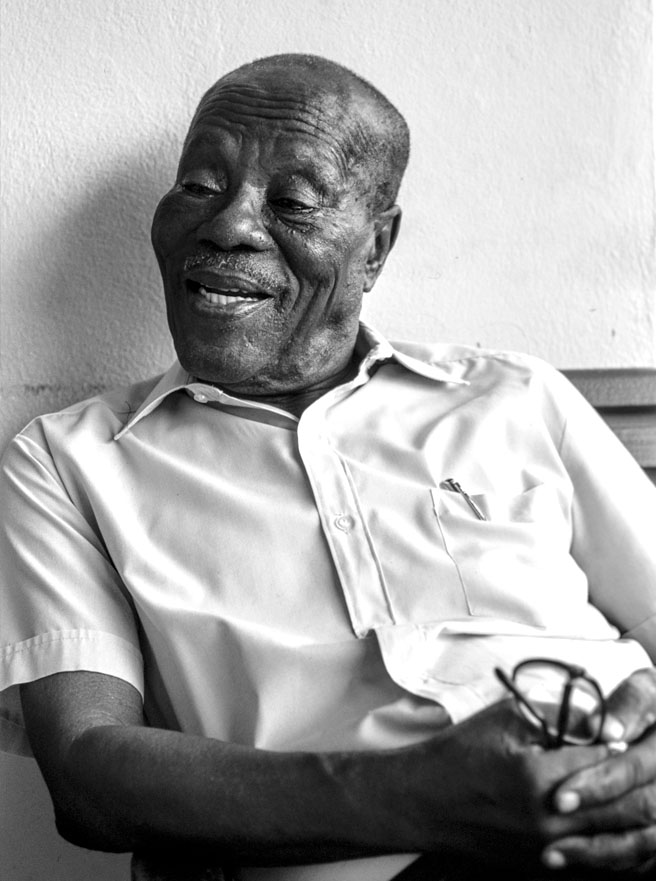
‘Arrived England in June, back in Jamaica by September’
1908 - 2005
Share this:
Leach. Nine months after leaving Jamaica, he would return to become one of the most famous potters the island has known.
One of four children, Cecil Archibald Baugh was born in Bangor Ridge, Portland, on November 22, 1908. His father, Isaac, was a sawyer and his mother, Emma, a farmer, selling her produce at the market in Buff Bay, seven miles from the Baugh home.
During lengthy treks taking provisions to his older brother in Kingston, Cecil would see potters making traditional earthenware pots and bowls. Enthralled, he started creating his own pottery and when he left school became apprenticed to the Kingston potter, Susan Trenchfield.
He remained there for seven years but, fed up with pottery being dismissed as a peasant’s work, he decided to become a groundsman at the St James Country Club in Montego Bay. But after 18 months, he opened his own studio and kiln in the town, the Cornwall Clay Works.
During the Second World War, Cecil volunteered for the British Army. He joined the Royal Engineers in 1941 and spent his first 12 months training in Clitheroe, Lancashire, before being posted to Egypt. He was one of only 63 West Indians on board a ship carrying 4,500 troops. In Cairo, he encountered the work of local potters and at his final posting in Aden, he had time-off to attend art school.
After returning to Jamaica in 1946, he opened a pottery studio in Kingston, and in 1947, The Gleaner carried photos of his Egyptian Blue glazed pots on its front page. The glaze was a colour he had created. Eager to further develop his skills, he jumped at the opportunity to travel to England on the Windrush in May 1948, and study under Bernard Leach, regarded as the father of British studio pottery.
In England, Cecil spent his first three months working with Margaret Leach (no relation to Bernard) in Monmouthshire before heading for the influential artists’ colony in St Ives, Cornwall, to become Leach’s student.
Cecil returned to Jamaica in February 1949 and the following year held his first one-man exhibition. Also in 1950, he co-founded what in 1962 became known as the Jamaica School of Art, now the Edna Manley College of Visual and Performing Arts, where he taught until he retired in 1974.
In 1953, one of his pots was presented to Queen Elizabeth when she visited the island.
In 1998, the father-of-three was honoured at a special function at the University of the West Indies to commemorate the 50th anniversary of the Empire Windrush. He died on June 28, 2005, aged 96. The Gleaner described him as a “true Jamaican icon, one worthy of all acclaim for his outstanding contribution to the development of the fine arts in our nation.”
Share this:

